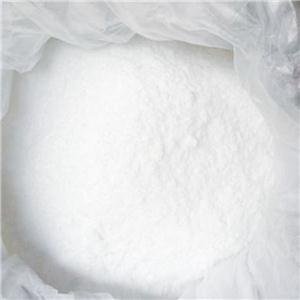
Material Safety Data Sheet
Section 1: Chemical Products and Company Identification
Product Name:
Sodium Lauryl sulfate CAS No.: 73296-89-6
Chemical Formula: CnH2n+1O4SNa, n=12, 14. Molecular Weight: 294.3. manufacturerINFORMATION:
EPOCH MASTER GLOBAL BUSINESS (JIANGSU)
Add: RM.3-93,TENGFEI BUILDING,NO.88 JIANGMIAO RD., RESEARCH AND INNOVATION PARK,NANJING ZONE, (JIANGSU) PILOT FREE TRADE ZONE, CHINA
Tel: +025-83365586
Fax: +025-83365586
Email:sales01@epoch-master.com
Date of Effective:
DECEMBER 10, 2021
Emergency Contact:
Chinese Surfactant Research and Promotion Office: +86-13770711448.
Daily Chemicals Research Institute: +86-13770711448.
Section 2: Composition and Information on Ingredients
Composition:
Name CAS # % by Weight
Sodium lauryl sulfate 73296-89-6 100
Section 3: Hazards Identification
Potential Acute Health Effects:
Hazardous in case of skin contact (irritant), of eye contact (irritant), of ingestion, of inhalation. Slightly hazardous in case of skin contact (sensitizer). Severe over-exposure can result in death.
Potential Chronic Health Effects:
Slightly hazardous in case of skin contact (sensitizer). CARCINOGENIC EFFECTS: Not available. MUTAGENIC EFFECTS: Mutagenic for bacteria and/or yeast. TERATOGENIC EFFECTS: Not available. DEVELOPMENTAL TOXICITY: Not available. The substance may be toxic to skin. Repeated or prolonged exposure to the substance can produce target organs damage. Repeated exposure to a highly toxic material may produce general deterioration of health by an accumulation in one or many human organs.
Section 4: First Aid Measures
Eye Contact:
Check for and remove any contact lenses. In case of contact, immediately flush eyes with plenty of water for at least 15 minutes. Cold water may be used. Get medical attention.
Skin Contact:
In case of contact, immediately flush skin with plenty of water. Cover the irritated skin with an emollient. Remove contaminated clothing and shoes. Cold water may be used.Wash clothing before reuse. Thoroughly clean shoes before reuse. Get medical attention.
Serious Skin Contact:
Wash with a disinfectant soap and cover the contaminated skin with an anti-bacterial cream. Seek immediate medical attention.
Inhalation:
If inhaled, remove to fresh air. If not breathing, give artificial respiration. If breathing is difficult, give oxygen. Get medical attention immediately.
Serious Inhalation: Not available. Ingestion:
Do NOT induce vomiting unless directed to do so by medical personnel. Never give anything by mouth to an unconscious person. If large quantities of this material are swallowed, call a physician immediately. Loosen tight clothing such as a collar, tie, belt or waistband.
Serious Ingestion: Not available.
Section 5: Fire and Explosion Data
Flammability of the Product: May be combustible at high temperature. Auto-Ignition Temperature: Not available.
Flash Points: Not available. Flammable Limits: Not available.
Products of Combustion: These products are carbon oxides (CO, CO2), sulfur oxides (SO2, SO3...).
Fire Hazards in Presence of Various Substances: Slightly flammable to flammable in presence of heat.
Explosion Hazards in Presence of Various Substances:
Risks of explosion of the product in presence of mechanical impact: Not available. Slightly explosive in presence of open flames and sparks.
Fire Fighting Media and Instructions:
SMALL FIRE: Use DRY chemical powder. LARGE FIRE: Use water spray, fog or foam. Do not use water jet.
Special Remarks on Fire Hazards: When heated to decomposition it emits toxic fumes of sulfur oxides, and sodium oxide.
Special Remarks on Explosion Hazards: Not available
Section 6: Accidental Release Measures
Small Spill:
Use appropriate tools to put the spilled solid in a convenient waste disposal container. Finish cleaning by spreading water on the contaminated surface and dispose of according to local and regional authority requirements.
Large Spill:
Poisonous solid. Stop leak if without risk. Do not get water inside container. Do not touch spilled material. Use water spray to reduce vapors. Prevent entry into sewers, basements or confined areas; dike if needed. Eliminate all ignition sources. Call for assistance on disposal. Finish cleaning by spreading water on the contaminated surface and allow to evacuate through the sanitary system.
Section 7: Handling and Storage
Precautions:
Keep away from heat. Keep away from sources of ignition. Ground all equipment containing material. Do not ingest. Do not breathe dust. Wear suitable protective clothing. In case of insufficient ventilation, wear suitable respiratory equipment. If ingested, seek medical advice immediately and show the container or the label. Avoid contact with skin and eyes. Keep away from incompatibles such as oxidizing agents.
Storage: Keep container tightly closed. Keep container in a cool, well-ventilated area
Section 8: Exposure Controls/Personal Protection
Engineering Controls:
Use process enclosures, local exhaust ventilation, or other engineering controls to keep airborne levels below recommended exposure limits. If user operations generate dust, fume or mist, use ventilation to keep exposure to airborne contaminants below the exposure limit.
Personal Protection:
Splash goggles. Lab coat. Dust respirator. Be sure to use an approved/certified respirator or equivalent. Gloves.
Personal Protection in Case of a Large Spill:
Splash goggles. Full suit. Dust respirator. Boots. Gloves. A self contained breathing apparatus should be used to avoid inhalation of the product. Suggested protective clothing might not be sufficient; consult a specialist BEFORE handling this product.
Exposure Limits: Not available.
Section 9: Physical and Chemical Properties
Physical state and appearance: Solid. (Crystals solid.) Odor:
Characteristic. Faint odor of fatty substances (Slight.) Taste: Not available.
Molecular Weight: 288.38 g/mole Color: White to yellowish.
pH (1% soln/water): Not available. Boiling Point: Not available.
Melting Point: 204°C (399.2°F) - 207 C Critical Temperature: Not available.
Specific Gravity: Not available. Vapor Pressure: Not applicable. Vapor Density: Not available. Volatility: Not available.
Odor Threshold: Not available.
Water/Oil Dist. Coeff.: The product is more soluble in oil; log(oil/water) = 1.6 Ionicity (in Water): Not available.
Dispersion Properties: See solubility in water. Solubility:
Soluble in cold water, hot water. Solubility in water: 1g/10 ml water
Section 10: Stability and Reactivity Data
Stability: The product is stable. Instability Temperature: Not available.
Conditions of Instability: Excess heat, dust generation, incompatible materials Incompatibility with various substances: Reactive with oxidizing agents.
Corrosivity: Non-corrosive in presence of glass. Special Remarks on Reactivity: Not available. Special Remarks on Corrosivity: Not available.
Polymerization: Will not occur.
Section 11: Toxicological Information
Routes of Entry: Inhalation. Ingestion. Toxicity to Animals:
WARNING: THE LC50 VALUES HEREUNDER ARE ESTIMATED ON THE BASIS OF A
4-HOUR EXPOSURE. Acute oral toxicity (LD50): 1288 mg/kg [Rat.]. Acute toxicity of the dust (LC50): >3900 mg/m 1 hours [Rat]. 3
Chronic Effects on Humans:
MUTAGENIC EFFECTS: Mutagenic for bacteria and/or yeast. May cause damage to the following organs: skin.
Other Toxic Effects on Humans:
Hazardous in case of skin contact (irritant), of ingestion, of inhalation. Slightly hazardous in case of skin contact (sensitizer).
Special Remarks on Toxicity to Animals:
Lowest Published Lethal Dose: LDL [Rabbit] - Route: Skin; Dose: 10000 mg/kg
Special Remarks on Chronic Effects on Humans: May cause adverse reproductive effects based on animal test data. No human data found.
Special Remarks on other Toxic Effects on Humans:
Acute Potential Health Effects: Skin: Causes mild to moderate skin irritation. May cause allergic reaction (dermatitis) Eyes: Causes moderate eye irritation. Inhalation: Material is irritating to mucous membranes and upper respiratory tract. May cause allergic respiratory reaction. Ingestion: Causes gastrointestinal tract irritation with nausea, vomiting, hypermotility, diarrhea, and bloating. May also affect behavior (ataxia, somnolence), and cardiovascular system. Chronic Potential Health Effects: Skin: Prolonged or repeated skin contact may cause allergic dermatitis. Ingestion: Prolonged or repeated ingestion may affect the liver. Inhalation: Prolonged or repeated inhalation may cause allergic respiratory reaction (asthma).
Section 12: Ecological Information
Ecotoxicity: Not available.
BOD5 and COD: Not available. Products of Biodegradation:
Possibly hazardous short term degradation products are not likely. However, long term degradation products may arise.
Toxicity of the Products of Biodegradation: The products of degradation are less toxic than the product itself.
Special Remarks on the Products of Biodegradation: Not available
Section 13: Disposal Considerations
Waste Disposal:
Waste must be disposed of in accordance with federal, state and local environmental control regulations
Section 14: Transport Information
UN Number:None
IMO Classification:None ADR Classification:None transport information:not regulated by IMO/IMDG.
Section 15: Other Regulatory Information
Label required : YES
Signal Word : X Chronic Hazard : X Acute Health Hazard : X Reactivity Hazard : X
Special Hazard Precautions : X
Section 16:Issue Date
DECEMBER 10, 2023
* 称呼: |
|
* 电话: |
|
* 邮箱: |
|
* 公司名称: |
|
内容: |
|





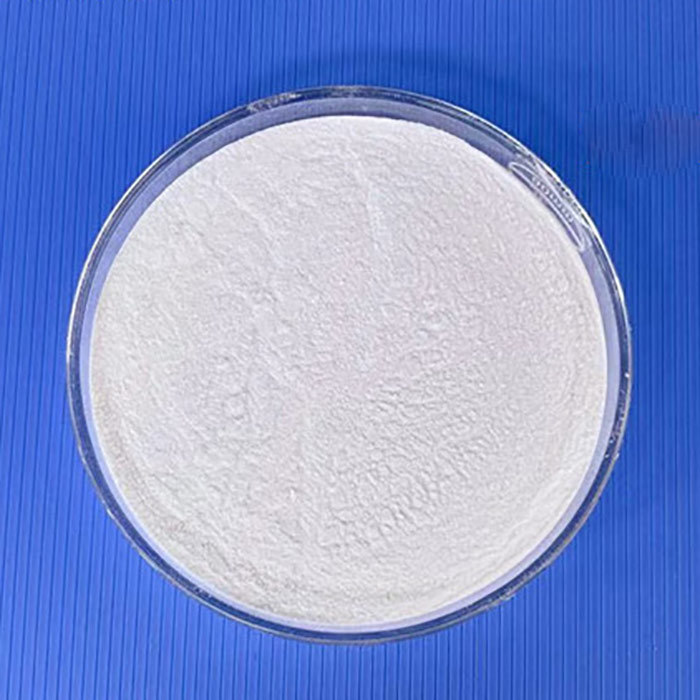

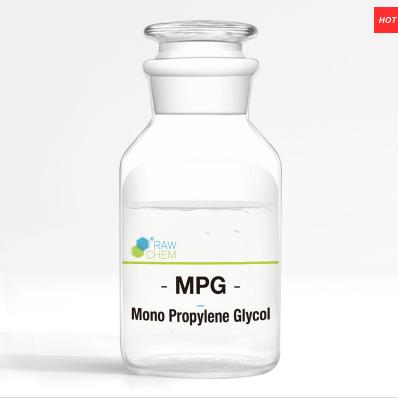
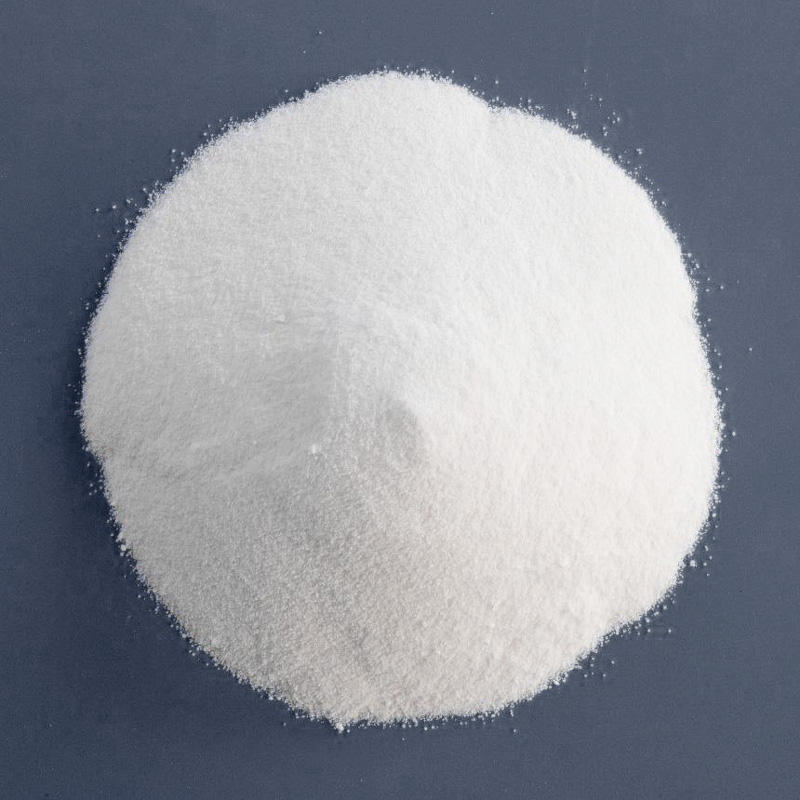
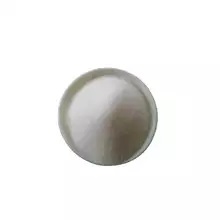
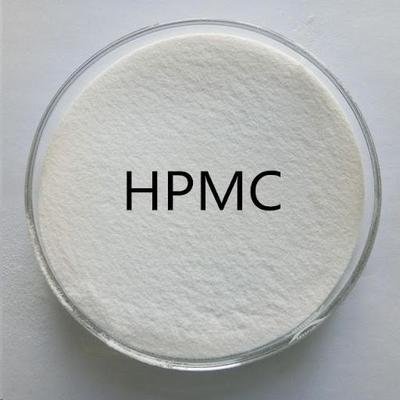 HPMC
HPMC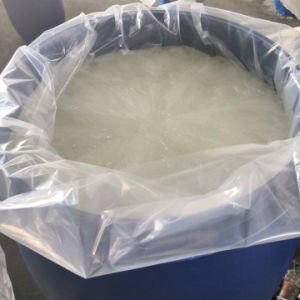 SLES
SLES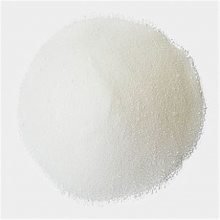 乳酸
乳酸



